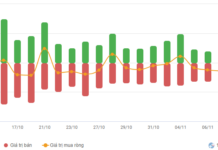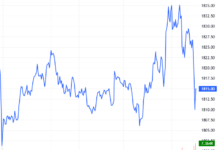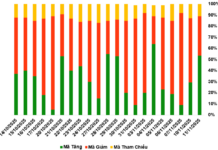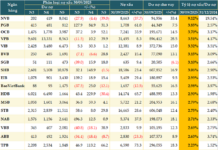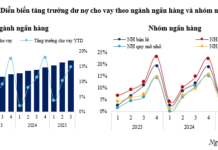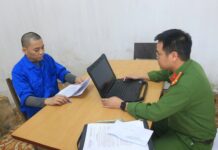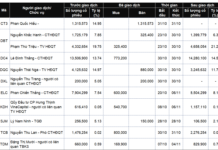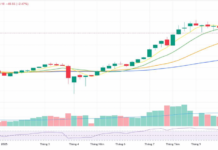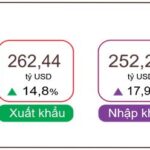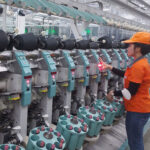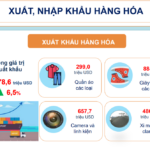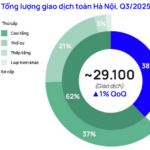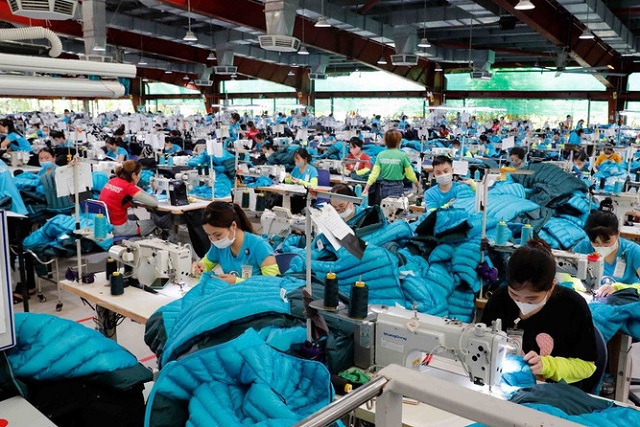
Sewing for export to the US and EU markets at Maxport Garment Company. (Photo: Tran Viet/VNA)
|
Vietnam’s textile and garment industry continued to show positive signs in the first seven months of 2025, with export turnover reaching over $26.33 billion, an increase of $5.3 billion (9%) compared to the same period last year.
To reach the set target of $47-48 billion, the industry needs to achieve a monthly export turnover of over $4 billion in the remaining months. This is no easy feat, especially considering the 20% tariff imposed by the US on Vietnamese goods, which puts us at a competitive disadvantage in that market.
According to industry insiders, the latter part of the year will be a period of fluctuations and challenges. The primary goal for businesses is to maintain a stable workforce and upgrade equipment to accommodate new orders. Mr. Le Tien Truong, Chairman of the Vietnam Textile and Apparel Association (Vitas), emphasized the need for companies to adjust their production plans to ensure job security and stable incomes for their employees.
Moreover, businesses must proactively adopt flexible financial management practices and adapt to the competitive landscape to offset costs and remain agile on pricing to retain orders. To achieve the set goals, companies should take advantage of the 17 newly effective free trade agreements and devise strategies to navigate the shifting economic and institutional landscapes, given the ongoing disagreements between major economies on trade policies.
It is imperative to invest in modern machinery and equipment and continuously enhance the skills of our workforce. We must also accelerate the transition from CMT (cut-make-trim) to FOB (free on board), ODM (original design manufacturer), and OBM (original brand manufacturer) to increase product value and strengthen our position in the supply chain.
In addition to their own efforts, businesses need support in accessing and developing new markets and effectively utilizing import-export and payment policies to mitigate risks associated with changing regulations in major markets.
The government should also provide incentives in terms of capital, taxes, fees, and land to encourage domestic and foreign businesses to invest in modern industrial parks and clusters, thus forming complete supply chains and quickly reducing the shortage of raw materials for domestic production.
Mr. Vu Duc Giang, Chairman of the Vietnam Textile and Apparel Association, emphasized the importance of forging new partnerships in addition to solidifying existing ones to ensure stable production in the coming months. He also stressed the need for stronger links within the industry to adapt to changing tax policies and the growing demand for recycled and environmentally friendly products.
Ngoc Tran
– 20:11 10/08/2025
Vietnam Achieves a $10.18 Billion Trade Surplus in the First Seven Months of 2025
In July, the total trade of goods reached 82.27 billion USD, an increase of 8.0% compared to the previous month and a surge of 16.8% from the same period last year. For the first seven months of 2025, the total trade of goods amounted to 514.7 billion USD, reflecting a significant 16.3% year-on-year increase. This comprised a 14.8% rise in exports and an even more robust 17.9% climb in imports, resulting in a favorable trade balance surplus of 10.18 billion USD.
The Coconut Tree’s Journey to the Billion-Dollar Mark: Overcoming Challenges to Reach New Heights
The Vietnamese coconut industry is on the cusp of a significant breakthrough, with the potential to surpass the $1 billion mark in exports. However, it faces critical challenges, including a shortage of raw materials and issues with the trading of region codes and packaging facilities.
Vietnam Achieves $24.31 Billion Trade Surplus in the Last 11 Months
According to the General Statistics Office, the total import and export turnover of goods in November reached a preliminary figure of $66.4 billion, a 4.1% decrease from the previous month. For the eleven-month period ending November 2024, the total import and export turnover of goods reached a preliminary value of $715.55 billion, reflecting a 15.4% increase compared to the same period last year. This growth was driven by a 14.4% rise in exports and a 16.4% surge in imports. The trade balance recorded a surplus of $24.31 billion during this period.


